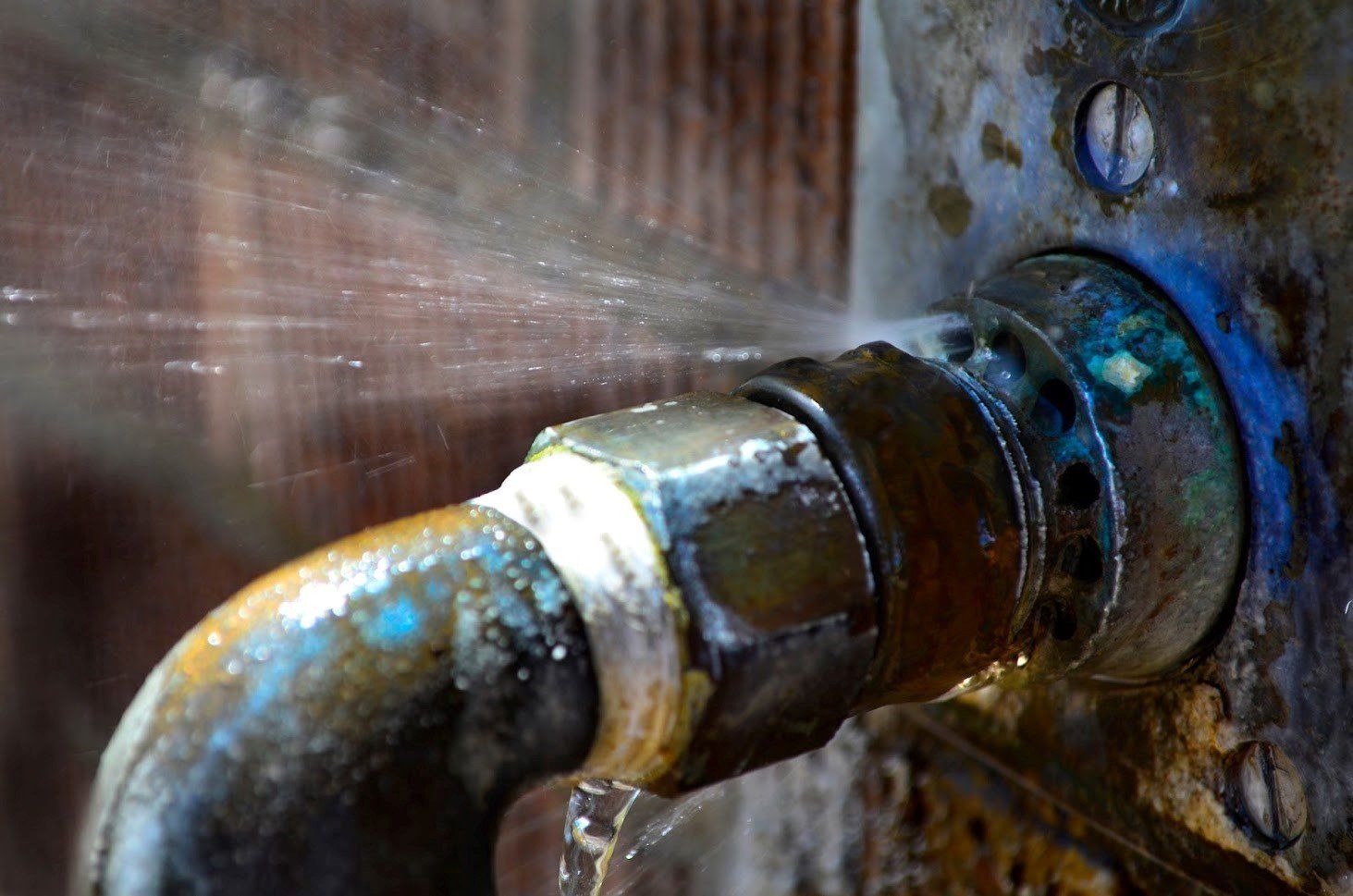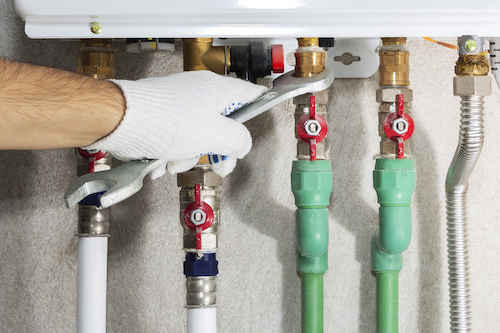From Detection to Correction: A Fast Approach to Handling Burst Pipes
From Detection to Correction: A Fast Approach to Handling Burst Pipes
Blog Article
What're your thoughts about How to Prepare for Your Dishwasher Installation?

A ruptured pipeline is a major emergency; you can just stand as you view water you pay a lot to reunite with the earth. In even worse cases, you see a pool on your kitchen area floor, which is a fantastic trip hazard, specifically if you have youngsters around. If the pipeline that burst was in your walls, bad news: you might require to paint that entire area.
How can a catastrophe like a burst pipeline be avoided and also handled? Well, by listening to your specialist emergency plumbings as well as adhering to these guidelines.
Just how do I know when my pipelines have burst?
Rising and fall water stress
Pipes do not just burst in a day. You might have observed that your kitchen area faucet or shower does not run promptly when you turn the tap. It might pause for a couple of seconds and then blast you with even more force than common.
In various other instances, the water might seem regular initially, then decrease in pressure after a couple of secs.
Wet wall surfaces as well as water stains
Prior to a pipe ruptureds, it will leak, the majority of times. If this relentless leaking goes undetected, the leak may finish right into a large gouge in your pipeline. One simple way to prevent this emergency is to look out for damp walls advertisement water spots. These water stains will certainly lead you right to the leak.
Puddles under pipelines and sinks
When a pipeline bursts, the discharge forms a pool. It may show up that the puddle is expanding in size, and also no matter the amount of times you mop the pool, in a few mins, there's another one waiting to be cleansed. Often, you might not be able to map the pool to any type of noticeable pipes. This is an indicator to call a professional plumber.
Untraceable leaking noises
Pipe ruptureds can happen in one of the most unpleasant locations, like within concrete, inside wall surfaces, or under sinks. When the house goes quiet, you might be able to hear an irritatingly relentless dripping sound. Also after you've examined your shower head as well as kitchen faucet, the dripping might continue.
Precious viewers, the leaking might be coming from a pipeline inside your walls. There isn't much you can do regarding that, except tell a specialist plumber.
Turn off the Water
When water ices up, it expands in quantity by about 9 percent. As well as it increases with remarkable pressure: The pressure inside pipes might go from 40 pounds per square inch to 40,000 psi! No pipeline can hold that much stress, so it breaks open. The break might take place where the ice types, yet more often, it happens where water stress finds a vulnerable point in the pipeline. That may be inches and even feet from the icy location. Locate the water shutoff valve and also turn off the water to prevent more damage. You might also need to turn off the electrical energy also, depending upon where the leakages takes place and also just how large it is.
Infected water
Many individuals think a ruptured pipeline is a one-way electrical outlet. Fairly the contrary. As water spurts of the hole or wound in your plumbing system, contaminants locate their method.
Your water might be infected from the resource, so if you can, inspect if your water storage tank has any type of issues. Nevertheless, if your drinking water is supplied and purified by the city government, you need to call your plumber quickly if you see or scent anything amusing in your water.
What do I do when I identify a ruptured pipe?
Your water meter will continue to run also while your water wastes. To decrease your losses, locate the primary controls as well as turn the supply off. The water mains are an above-ground framework beside your building.
How to Fix & Detect a Leaking Pipe
How Do I Know if a Pipe is Leaking?
Leak detection tests can help you determine if your pipe has a leak. Even if you don’t see an apparent leak, you should still conduct leak detection tests regularly to save water and money—and prevent major damage to your home.
Water meter. It can be helpful to figure out what your usual water meter usage numbers are and then monitor them regularly. To monitor your meter, first, turn off all water faucets in your home. Check the meter and write down the numbers. In a few hours, check the meter again. If the numbers have changed, you have a leak. Water gauge. Use a water gauge to test your water pressure. Your showerhead should produce a certain amount of water pressure based on its model and design. If the pressure is lower than it is supposed to be for that specific showerhead, your home likely has a leak. Puddles. Look inside your bathroom, laundry, and kitchen sink cabinets. Puddles around the cabinets or around toilets, tubs, showers, and washing machines indicate the presence of a leaking pipe. You may also notice loose tiles, peeling or flaking paint, or mold caused by water accumulation. Napkin test. Even if you don’t see any puddles, you may still have a leak. You can test for water leaks in the bathroom, laundry, and kitchen by wiping below-sink connections with a napkin, paper towel, or piece of toilet paper. If it becomes damp, you probably have a leaking pipe under the sink. Discolored walls. Walls that are discolored—usually with brown or yellow stains—or bulging might mean that they have been impacted by water damage caused by a leaking pipe. Smell. A leaky pipe will create sitting water, and over time, that water may develop a musty smell. If your home smells musty, but you can’t locate the source, it may be due to a leak. Steps for Fixing a Leaking Pipe
A leaky drain can be remedied by tightening the pipe base, replacing the drain seal, caulking the rim, and tightening the pipe nut. Similarly, a leaking toilet pipe can be treated by tightening the packing nut. You may also need to replace the valve. A leaky faucet may just need tightening or replacement of the washers. If that doesn’t work, consider replacing your faucet. If your pipe has a hole in it, you may want to use a pipe leak sealer or pipe leak tape. This quick fix for water pipe leaks can also temporarily fix a copper pipe leak. https://www.ahs.com/home-matters/quick-tips/how-to-tell-if-pipes-are-leaking/

I was made aware of that report about How to Install and Connect a New Dishwasher through someone on a different web property. Are you aware of somebody else who is fascinated about the topic? Please feel free to promote it. I thank you for reading our article about How to Install and Connect a New Dishwasher.
Details
Report this page